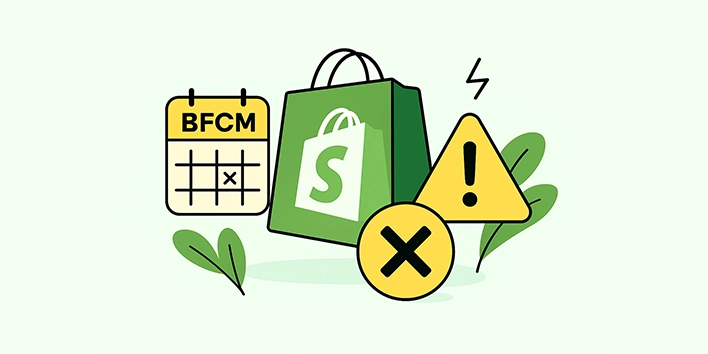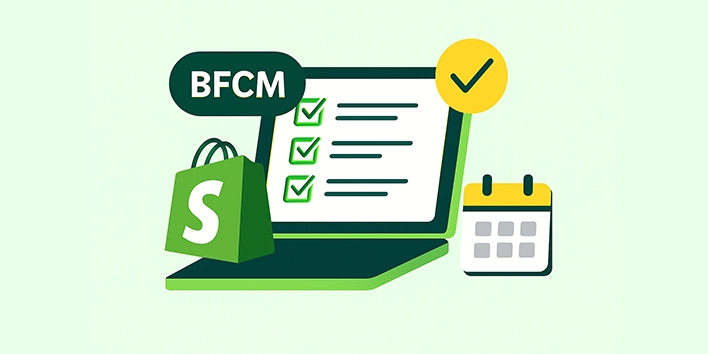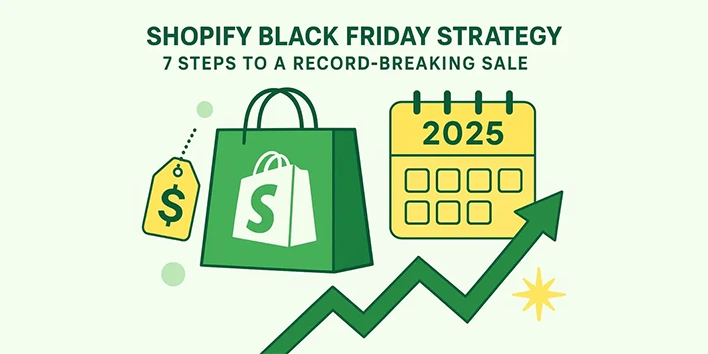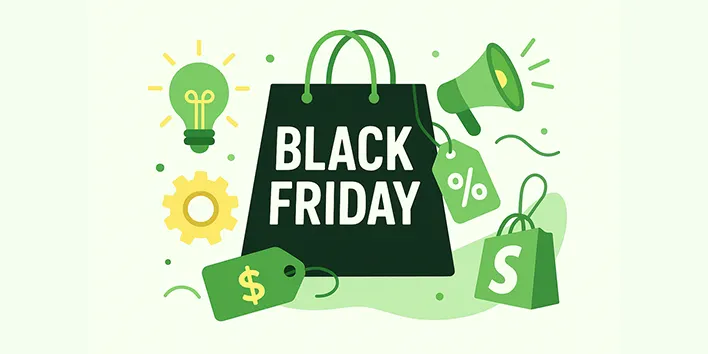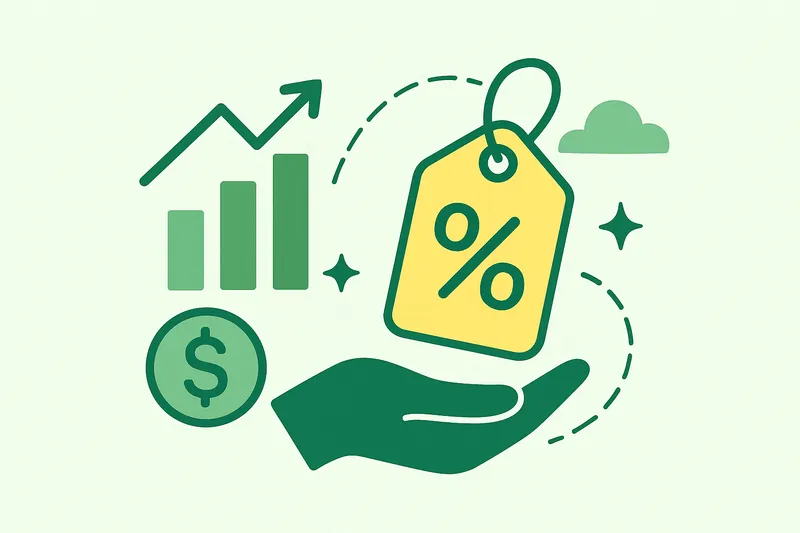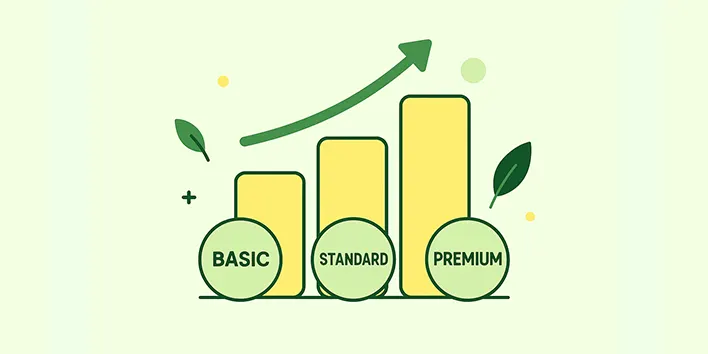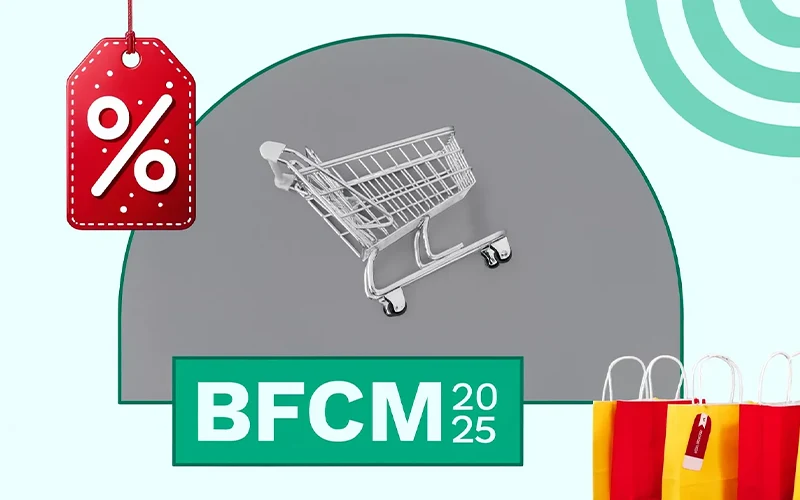Discounts, when done right, are like your favorite seasoning—add just the right amount, and they can transform your dish. But too much, and you might ruin the flavor entirely.
This guide is here to help you figure out the perfect recipe for discount success, covering everything from setting goals to analyzing your results.
Whether you’re looking for a testing your discount strategy sample or a tried-and-true testing discount strategy example, you’re in the right place.
Why Testing Your Discount Strategy Matters
Let’s face it: offering discounts can really backfire if you don’t have a solid plan in place.
Here’s what might go wrong:
- Profit Margins Plunge: Offering a 50% discount might boost sales. However, it could leave you with very slim profit margins.
- Damaged Brand Perception: A luxury brand running constant discounts risks losing its premium appeal. Would you trust a Louis Vuitton bag always on sale for 70% off? Probably not.
- Conditioning Customers to Wait for Sales: Frequent discounts can train customers to delay purchases until the next big sale.
To avoid these pitfalls, testing your discount strategy is essential. A/B testing and cohort analysis (more on these later) can help you find the sweet spot without hurting your bottom line.
How to Begin Testing Your Discount Strategy
Whether it’s testing different discount percentages, timings, or product categories, having a structured plan ensures you gain actionable insights to optimize your campaigns.
Setting Clear Goals and Metrics
Testing without goals is like setting off on a road trip without a map. You’ll end up wasting time, fuel, and energy. Here are some questions to set your testing goals:
- Are you aiming to boost revenue or clear inventory?
- Do you want to attract new customers or reward loyal ones?
Examples of Goals:
- Increase conversion rates by 20% during a flash sale.
- Raise the average order value (AOV) by bundling discounts on complementary items.
- Clear 80% of last season’s inventory in two weeks.
Metrics to Track:
- Conversion rate changes.
- Total revenue generated during the discount period.
- Customer lifetime value (CLV) for discount-driven shoppers.
Use Discounty to automate these calculations and track performance seamlessly.
Tools to Facilitate Discount Testing
To quote an e-commerce veteran: "The right tool is half the job." Testing discounts on your Shopify store can be streamlined with apps like:
- Discounty: Automatically updates discounts based on your defined criteria and even includes widgets to display deals attractively.
- Optimizely or Google Optimize: Great for setting up A/B tests to compare discount performance.
- Shopify Analytics: Tracks key metrics like AOV, profit margins, and discount usage rates.
Choosing the Right Variables to Test
When testing discounts, you need to identify which variables will give you actionable insights. Here are a few to consider:
- Discount Percentage: Test 10% vs. 20% off to see which drives more revenue.
- Timing: Weekday sales vs. weekend promotions.
- Product Categories: Offer discounts on high-margin products versus slower-moving inventory.
Discount Variables to Test
Once you’ve chosen your variables, document them clearly and ensure you’re running one test at a time for clean data.
Methods for Testing Your Discount Strategy
Let’s explore effective methods like A/B testing and cohort analysis to pinpoint what truly works for your audience.
A/B Testing for Discount Campaigns
Let’s talk about the MVP of testing: A/B testing. This method involves creating two versions of a campaign and comparing their performance. For example:
- Version A: Offers a 10% discount.
- Version B: Offers a 20% discount.
Steps to Run an A/B Test
- Set Up Variants: Decide on the variable you want to test, like percentage discounts or timing.
- Split Your Audience: Use tools like Shopify or Google Optimize to divide your audience into two random groups.
- Measure Results: Track metrics like conversion rates and revenue for both groups.
Advantages
- Provides clear data on what works.
- Helps refine campaigns based on real customer behavior.
Disadvantages
- Requires a significant amount of traffic for accurate results.
- Testing multiple variables simultaneously can muddy the data.
Cohort Analysis
Ever heard the expression, "Birds of a feather flock together"? That is basically what cohort analysis is. It's a way of segmenting customers into groups, or cohorts, based on their similar behaviors or demographics.
How It Works
- Create cohorts based on behavior, e.g., first-time buyers vs. repeat customers.
- Apply different discount strategies to each group.
- Analyze their response to identify which discount resonates best with each cohort.
Example
- Cohort A: First-time buyers receive 15% off their first purchase.
- Cohort B: Loyal customers get a $20 loyalty discount.
The insights from this method can help you craft highly personalized discount strategies.
Store-Level Experiments
For Shopify store owners with multiple locations or target regions, store-level experiments can offer valuable insights. Here’s how:
- Apply discounts in one region or store location while keeping another as the control group.
- Compare metrics like sales, conversion rates, and customer footfall.
Example: A clothing brand offers 25% off winter wear in one region and no discounts in another. They check the outcome and find the discounted region reflects a 30% increase in sales, though at a slight dip in margins, while the control fared well as per margin but failed to clock satisfactory sales. Testing like this is great for seasonal and location-based offers.
How to Effectively Collect and Analyze Data
Data is your best friend in optimizing your discount campaigns. Here's how to actually capture, interpret, and act upon the key metrics in pursuit of better results:
Key Metrics to Evaluate
Like having a good GPS, tracking the right metrics means knowing if you're headed in the right direction. Some must-track metrics include:
- Conversion Rate: The amount of people visiting who actually buy.
- Revenue Impact: Additional revenue booked during the discount period.
- AOV - Average Order Value: The average of the value that customers place in orders.
- Profitability: Assess the impact of discounts on profitability.
- Customer Lifetime Value (CLV): This refers to revenues generated from discount-driven customers over the long run.
Read more on setting measurable goals in our detailed article: key metrics to set targets for a discount campaign
Pro Tip: A slight increase in AOV during a campaign could mean that customers are bundling more items to take advantage of the discount.
Understanding Customer Behavior
Data tells a story—your job is to listen. Here’s how to interpret what your customers are saying:
- Traffic Spikes: A significant increase might indicate your discount is attracting attention.
- Bounce Rates: High bounce rates during a discount period? Your offer might not be compelling enough.
- Cart Abandonment: If carts are abandoned after applying a discount, it’s worth examining additional barriers, like shipping costs.
Optimizing Your Discount Strategy Based on Insights
Once you’ve got the data, it’s time to transform those insights into actionable strategies. Learn how to refine your approach for maximum impact and profitability.
Refining Discounts for Maximum Profitability
Once you’ve gathered your data, it’s time to refine your strategy. Start by asking:
- Did the discount meet your revenue goals?
- Was the profit margin acceptable?
Tips for Refining
- Test Smaller Discounts: If a 30% discount drove significant traffic but hurt margins, try 20% instead.
- Focus on High-Margin Items: Offer discounts on items where you can afford to cut prices.
Timing Your Discounts for Maximum Impact
Timing is everything. Analyzing when your customers are most likely to buy can help maximize the effectiveness of your campaigns. Here’s how:
- Use historical sales data to identify trends (e.g., weekends might be busier for fashion stores).
- Test discounts during off-peak times to boost sales during slower periods.
Avoiding Over-Discounting
Offering discounts too frequently can cheapen your brand. Instead, consider alternatives like:
- Loyalty Programs: Offer points or small perks instead of steep discounts.
- Bundling: Combine slow-moving products with high-demand ones for better value.
Real-World Examples of Successful Promotional Campaigns
Testing and optimizing promotional campaigns isn’t just theory—it’s a proven approach that many successful businesses use to drive growth. Let’s look at real-world examples that illustrate how data-driven strategies can lead to significant results.
1. Heinz’s "It Has to Be Heinz" Campaign
When faced with declining sales, Heinz turned to its roots for inspiration. Instead of launching entirely new campaigns, the company revitalized its brand by emphasizing product quality and heritage through the "It Has to Be Heinz" campaign.
By staying consistent and creatively executing this message over several years, Heinz managed to reverse declining sales and reclaim market share.
This example highlights the power of focusing on brand identity and leveraging long-standing trust to drive growth.
2. Chipotle’s Engagement with the Fighting Game Community (FGC)
Chipotle took a unique approach to reach a younger audience by engaging with the Fighting Game Community (FGC), a subculture within esports.
By sponsoring tournaments and providing in-game rewards, Chipotle boosted brand sentiment among U.S. esports fans aged 18 to 44 from 29% to 41%.
These efforts led to 1.5 billion impressions and 185 earned media placements, proving the effectiveness of targeted community engagement for increasing visibility and loyalty.
3. First Midwest Bank’s Landing Page Optimization
Breaking away from traditional design assumptions, First Midwest Bank experimented with its landing page layout.
Through A/B testing, they found that placing a form below the fold—a tactic typically avoided—increased conversions by 52%.
This experiment ultimately resulted in a 195% boost in overall conversions, emphasizing the importance of testing assumptions and relying on data to guide optimization efforts.
4. Campaign Monitor’s Dynamic Text Replacement (DTR) Strategy
Campaign Monitor optimized their PPC campaigns by introducing Dynamic Text Replacement (DTR) on landing pages.
This strategy involved aligning landing page content with the specific verbs used in users' search queries.
The result? A 31.4% increase in trial sign-ups. This case demonstrates the value of personalizing content to match user intent, creating a more seamless and relevant experience.
5. Neurogan’s Email Campaign Segmentation
Neurogan took their email marketing to the next level by auditing existing campaigns and introducing segmentation.
By creating tailored, product-specific offers and rigorously testing what resonated most with different audience segments, they achieved higher revenue and increased click-through rates.
This underscores the importance of knowing your audience and delivering personalized content to maximize engagement.
Final Words: Start Testing Smarter Today
Testing your discount strategy is not a chore but an investment in knowing your customers and optimizing sales. You can manage everything, from setting up a campaign to analyzing its results, with the help of tools like Discounty. Don't let guesswork drive revenue growth. Start testing smarter today.
Ready to take your Shopify discounts to the next level? Set up your first A/B test and find out what works best for your audience. And remember: the data doesn't lie.


